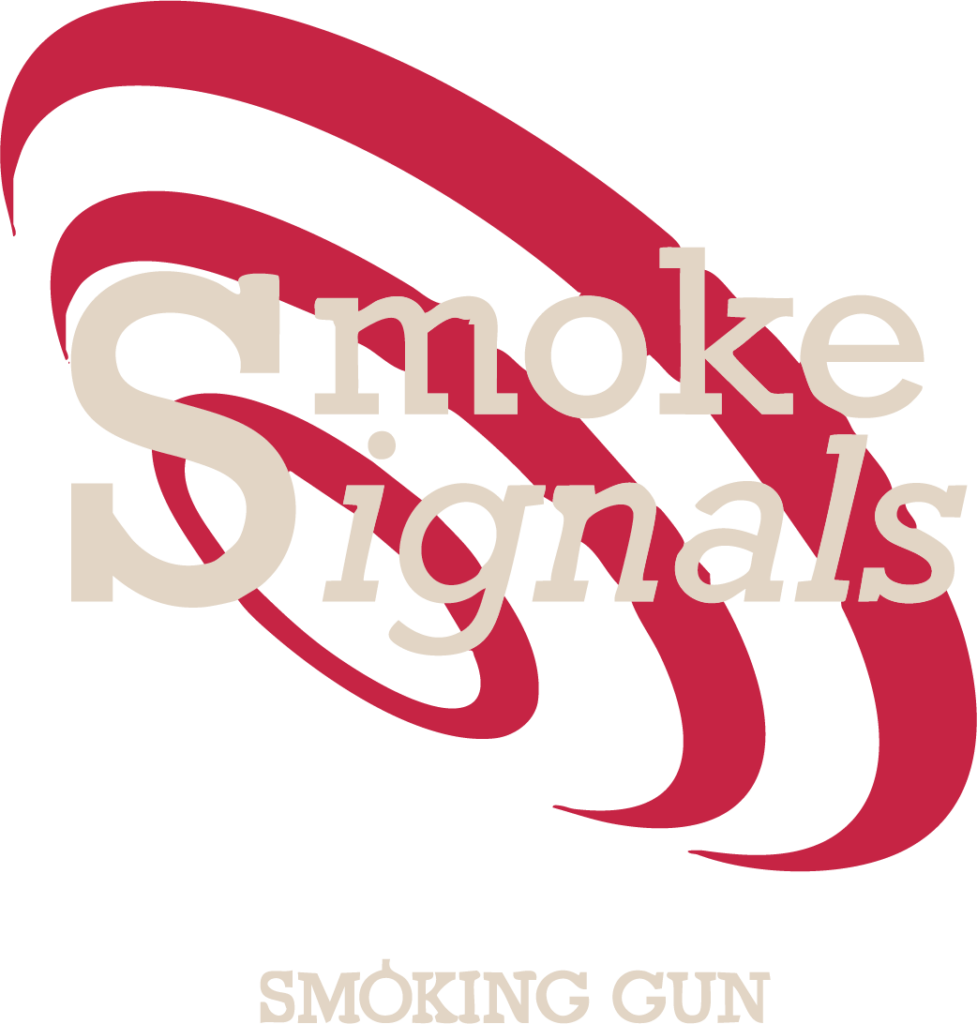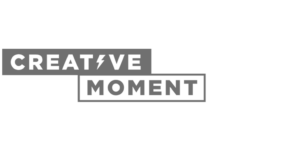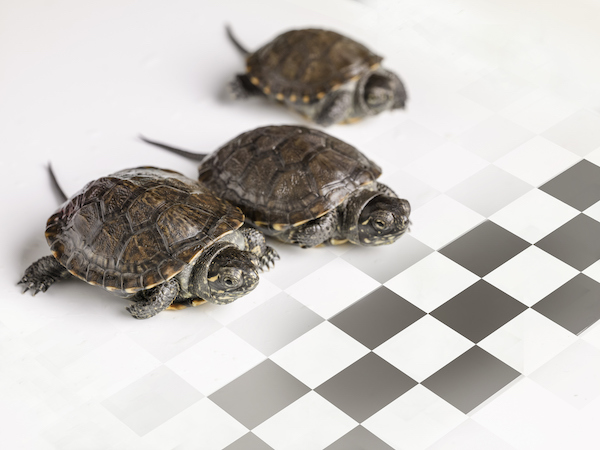
“Lesson learned” is the two-word quote from James Harding that’s currently giving the press something to think about.
The man in question is referring to his time as director of BBC News and tenure as editor of The Times newspaper.
The ‘lesson learned’ is that journalism which took time to produce consistently made a bigger overall impact than quick-fire reactive and reactionary stories. So he’s now launching Tortoise Media as an online outlet and mobile app in January.
Not just a clever name, the idea is to ignore breaking news, and instead focus on what’s driving the news over a longer period of time.
It won’t clamour to get a microphone at every press conference, and instead deliver in-depth stories tackling larger issues, and provide readers with a more comprehensive understanding of a subject.
The staff list is impressive. A ‘round table’ of editors comprises Newsnight policy editor Chris Cook, Guardian assistant editor Merope Mills, and ex-BBC Panorama and Today show editor, Ceri Thomas.
Contributing editors and contributors will be encouraged to make contact, which is great news for freelancers in the age of stagnated and plummeting rates, and ‘citizen journalists’ and experts from outside the traditional media field will also be welcomed.
The slow journalism revolution has been gathering momentum for some time
We’re certainly keen to see what happens when Tortoise arrives, although we’d say that about any new media outlet. But what’s important to remember is this isn’t the start of slow journalism— it has been steadily on the rise for decades. But what does it mean, and how can PR get involved?
Slow journalism movement
You could argue that slow journalism’s roots can be traced back to weekly magazines, which distance themselves from newspapers via regularity and approach to content.
The Economist, New Statesman, The Week, New Yorker, The Big Issue’s various regional arms and— after its impending relaunch– Guardian Weekly are all examples of this format.
Dominated by features and existing outside the 24-hour news cycle, they benefit from being able to dissect issues with more care and attention to detail than the dailies and digitals, and are invaluable at providing a more accurate summary overview of topics.
More recently the ‘slow journalism movement’ has become a recognised term, taking inspiration from ideas such as ‘slow food’. And it doesn’t just refer to the production pace. The quality and neutrality of the product itself should be higher than quick fire rivals— the ying to the majority of the press’ fast food yang.
Here are some key examples…
Delayed Gratification
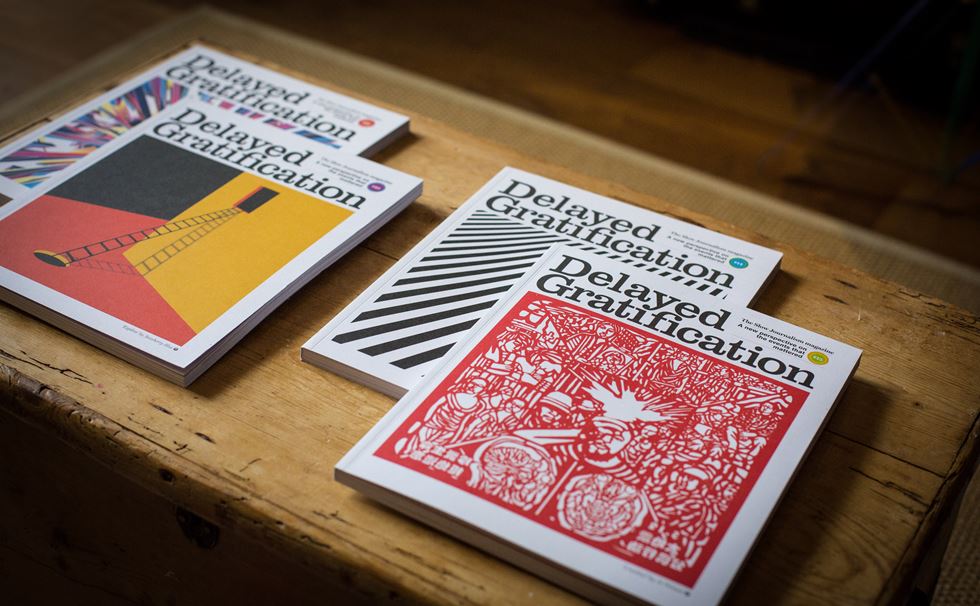
This UK title is one of the market leaders, even owning the URL www.slow-journalism.com Published quarterly, it covers news events from the previous three months, opting to look at these retrospectively, assessing their impact and what could happen going forward.
There’s no strict rules as to what it will publish stories on, offering plenty of B2B and consumer PR opportunities if you time things right. Content is divided between daily summaries for the issue’s ‘timeline period’, long-reads, photo essays and infographics. Each edition uses a different cover artist.
ProPublica
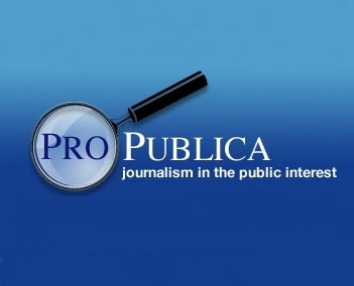
Becoming the first online news source to win a Pulitzer Prize in 2010, ProPublica is a non-profit newsroom focussed on stories that are within the public interest. It employs 34 full-time reporters, whose work is shared under Creative Commons— so it can be reproduced providing you don’t make money or creative derivatives from the original story.
By partnering with over 90 international news organisations the reach is genuinely global, and while public interest would suggest a lack of PR opportunities never forget the need for specialist spokespeople. A good talking head from a relevant brand is a common requirement with in-depth feature work.
Positive News
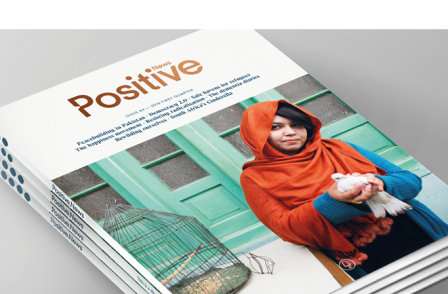
The oldest title on our list— founded in 1993— has a readership of 10,000 per quarter, and is a flagship in the growth area of constructive journalism. By that we mean it focuses reports on good news and fresh ideas that offer solutions to major problems.
While not always strictly included in conversations about slow journalism, Positive News’ regularity and angle places it within this niche market. Stories must develop before a reporter can pass judgement on whether the final outcome fits the title’s remit. However, because it’s position emphasises ‘positive’ rather than ‘slow’ per se, it covers more general subjects, particularly online, and is closer to traditional news than the more investigative outlets above, opening the door to great consumer PR opportunities.
Design Exchange
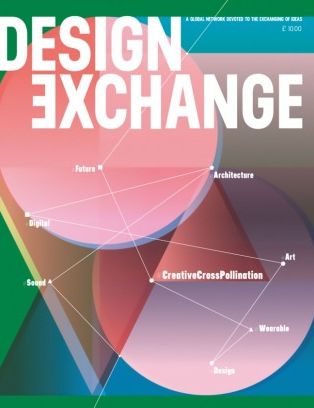
Originally a design and architecture publication, the annual DE magazine has branched out to include the arts, urban planning and theory, science, manufacturing and anything else that impacts on the lived in space.
Much like Positive News, the emphasis is on ideas that can have a genuinely beneficial impact on the world today— from remodelling refugee camps to towers that remove pollutants from city air. Content is entirely feature based, and includes profiles of innovative practitioners, in-depth looks at revolutionary commercial interiors, and long reads relating to agenda-setting issues.

